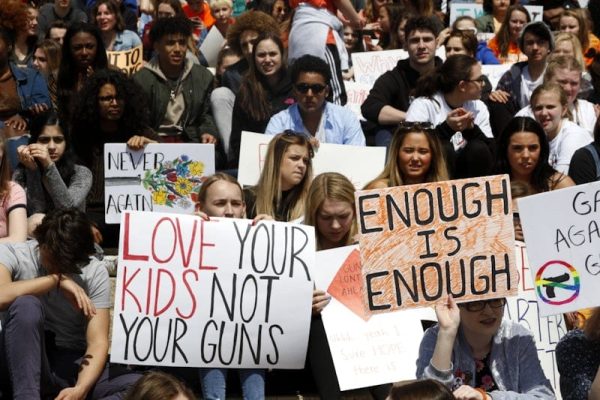Exploring different types of poverty and ways people can help
What is the true definition of poverty? It is a question people all over the world are trying to answer and put a stop to. Most people don’t have an answer to what poverty is because there are so many types of poverty. The simple answer of what poverty is is “a state or condition in which a person or community lacks the financial resources and essentials for a minimum standard of living.” In Jagran Josh’s article about poetry, he said, “Poverty is an economic state where people are experiencing scarcity or the lack of certain commodities that are required for the lives of human beings like money and material things. Therefore, poverty is a multifaceted concept inclusive of social, economic and political elements.” Later on in his article, he also defines the different types of poverty. The different types of poverty are Absolute poverty, Relative Poverty, Situational Poverty, Generational Poverty, Rural Poverty, Urban Poverty. Here are the definitions of different types of poverty and some ideas on how you can help others.
Absolute poverty– The definition: “The scarcity of basic food, clean water, health, shelter, education, and information.” Those who experience absolute poverty tend to lose children to preventable diseases because they are struggling to live and have nothing there to help them. Current attempts to stem this issue are highlighted by food stamps, unemployment benefits, income support, and housing benefits, also being given minimum wages. Now how could we make these more effective? One way we can make these more effective is to raise the minimum wage. By doing this people can have a little more wiggle room and not have to stress so much if they are going to eat that night or if they can pay the bills. Another thing we can do is raise employment rates. If we raise employment rates that give a lot more people a chance to get a job and lower the poverty rate.
Relative poverty– The definition: “It is defined from the social perspective that is living standard compared to the economic standards of the population living in surroundings. Hence it is a measure of income inequality.” This type of poverty is set by society and what they think is “poor” as in not being able to afford to go on vacations or buy extra things that are not needed for living like Christmas presents for kids. What are some things that we can do about this? We have things like toys for tots so that little kids can have something on Christmas. We also have shelter and things to raise money for the less fortunate so that they can do some of the extra things.
Situational poverty– The definition: “A temporary type of poverty based on occurrence of an adverse event like environmental disaster, job loss, and severe health problem.” This type of poverty can be fixed with a little bit of assistance from home assistance and insurance. Because this type of poverty isn’t something someone is stuck on and it comes out of nowhere it can be fixed faster and easier than the types of poverty where they don’t have enough money to pay for the simple things they need.
Generational poverty– The definition: “It is handed over to individuals and families from one generation to the next.” This type of poverty is a lot harder to get rid of because there really is no escape from it. People trapped in this type of poverty don’t have the tools to get out of it and it just keeps building up. They are usually born into this poverty and have no help or ways to get out of it. Is there any way to help these people even if it is just a little bit? Yes, there is. Some of the things we can do are provide more educational opportunities for women and children, encourage more women to own assets, support social protection for impoverished women and children, and end discrimination and empower women. By doing this we can lower the risk of kids being born into poverty and have better jobs and educational opportunities for them.
Rural poverty– The definition: “It occurs in rural areas with a population below 50,000. It is the area where there are fewer job opportunities, less access to services, less support for disabilities, and quality education opportunities.” People in this type of poverty tend to live on farming lands and other work-type areas. Farmers are the main group that is affected by this type of poverty because they don’t usually make enough money off the things that they sell and that makes them not have the supplies and basic needs to live. The things we can do to fix or help some of the situations they are in are, giving them shelter and clean water, basic social services like education, health care, food, and sanitation. When we provide these things these people are healthier and can live longer and live healthier.
Urban poverty– The definition: “It occurs in metropolitan areas with a population over 50,000. People that live here have limited access to basic needs because there are not enough materials because of overpopulation.” When people live in these types of poverty it doesn’t just affect people that have less money. This type of poverty affects everyone that lives in the area because they are overpopulated and run out of materials. The things we can do to fix this are putting safety nets on housing policies and giving them things to fall back on. Examples of things to fall back on are shelters, places we can go to get food and basic materials, people donating things they don’t use anymore. By doing this people will have things to rely on and stay healthy.
If we do these things for these people we can really make a difference and work our way to ending poverty. Working as a team and helping people that need it most will make a big change. Let’s get started. It starts with you.
Alexis is a sophomore at ALHS and new to staff this year. She enjoys hanging out with friends reading and playing sports. She is an AL cheerleader and...






